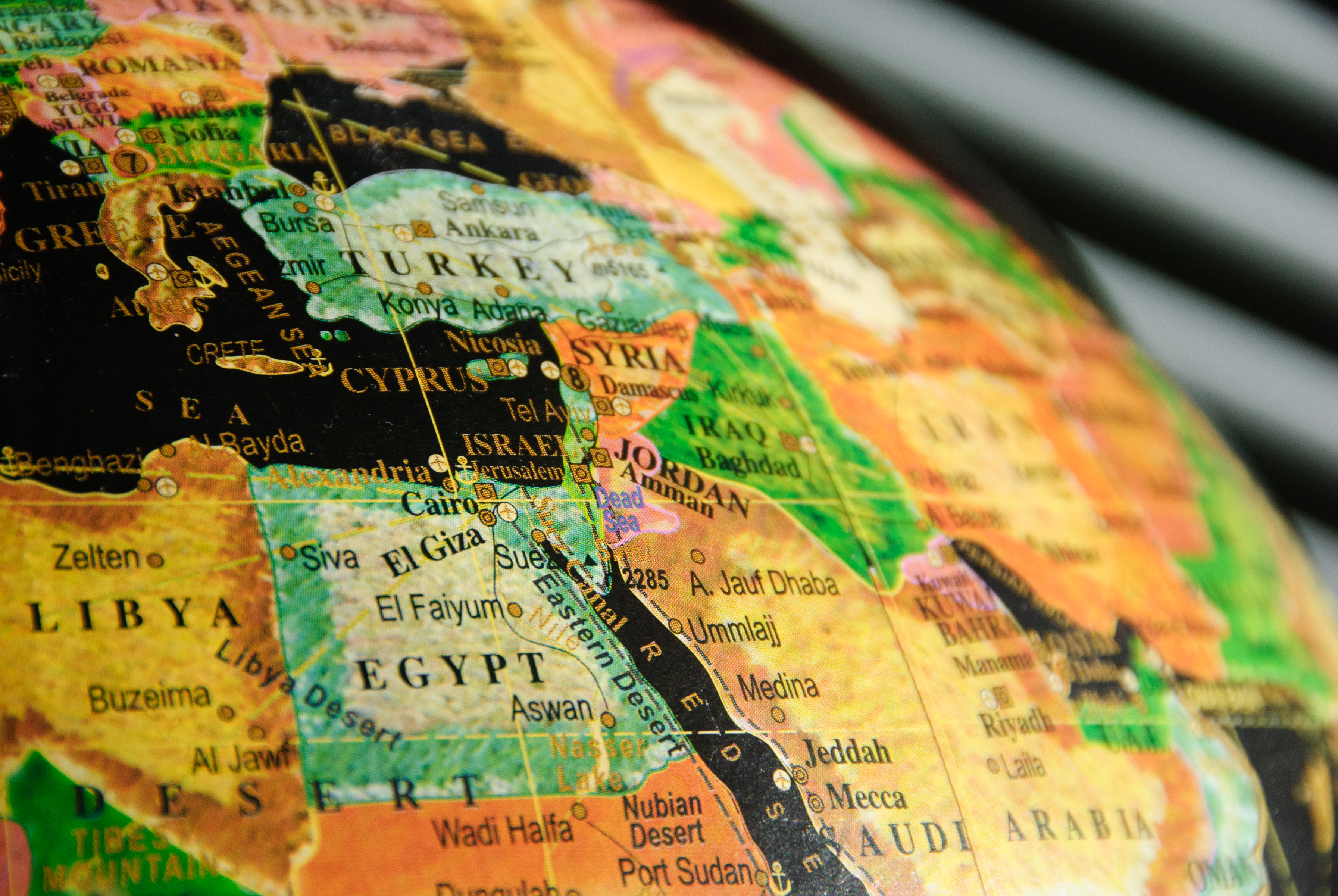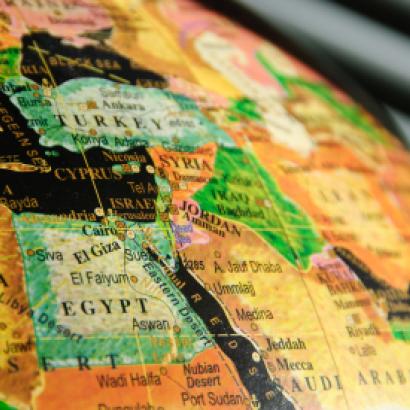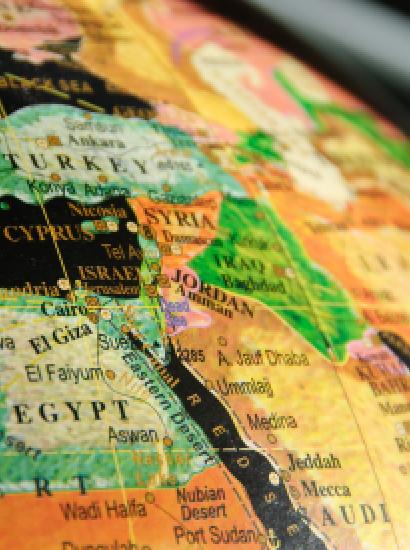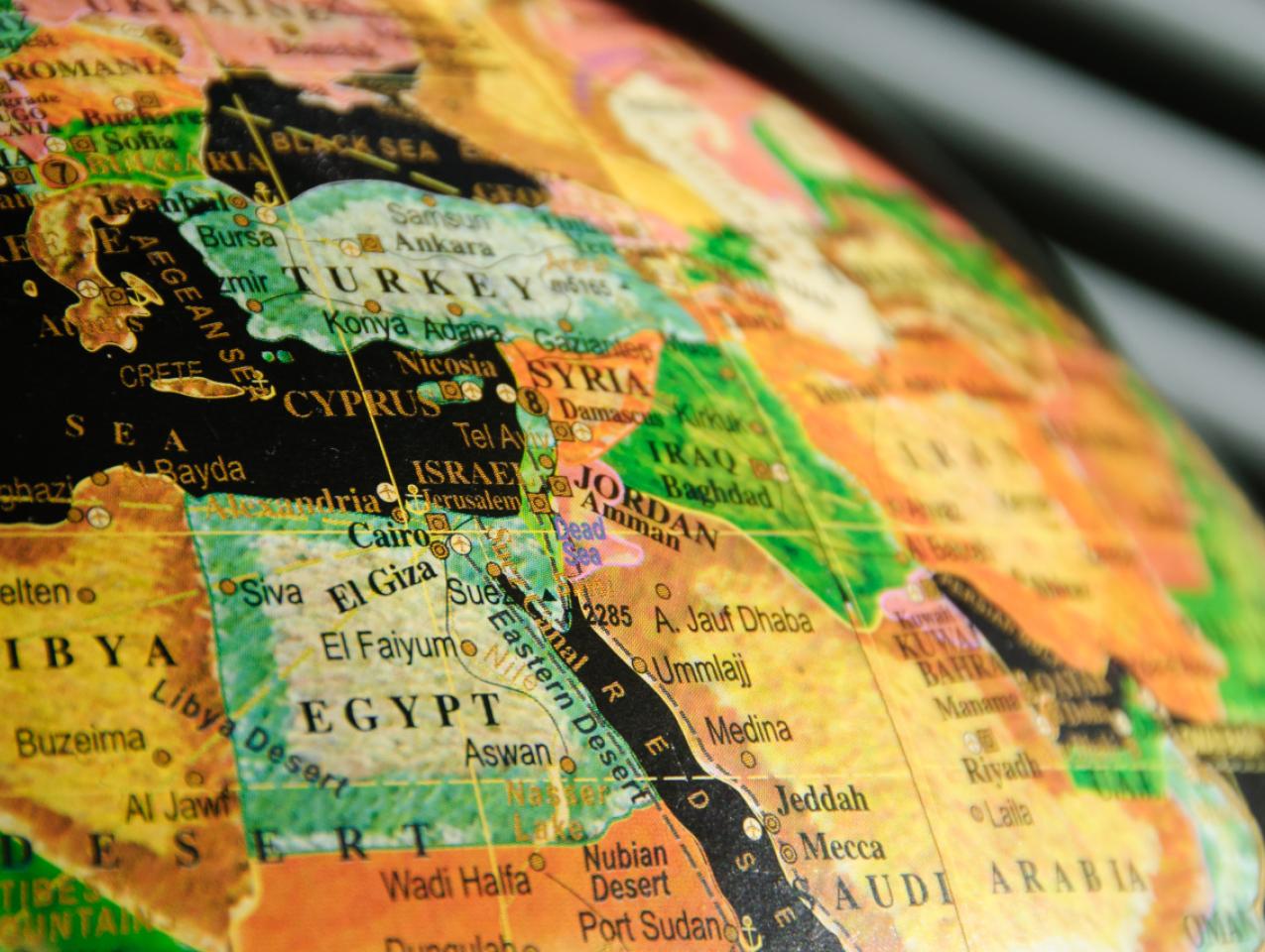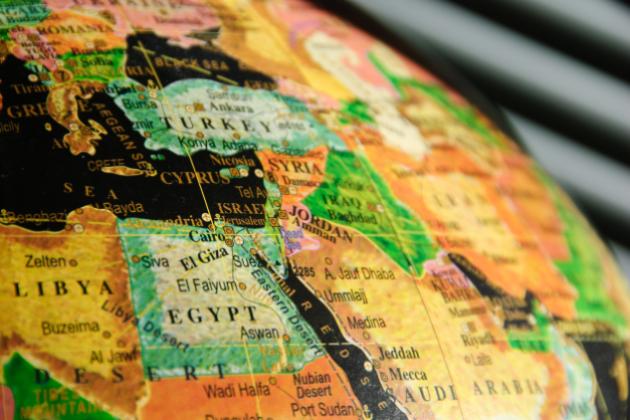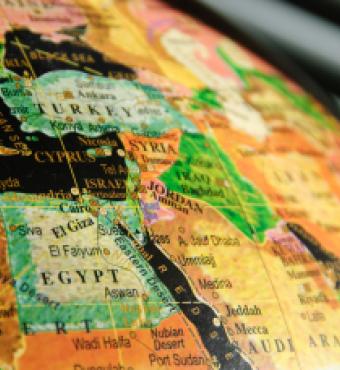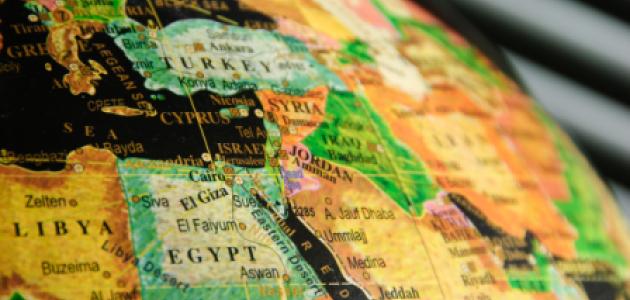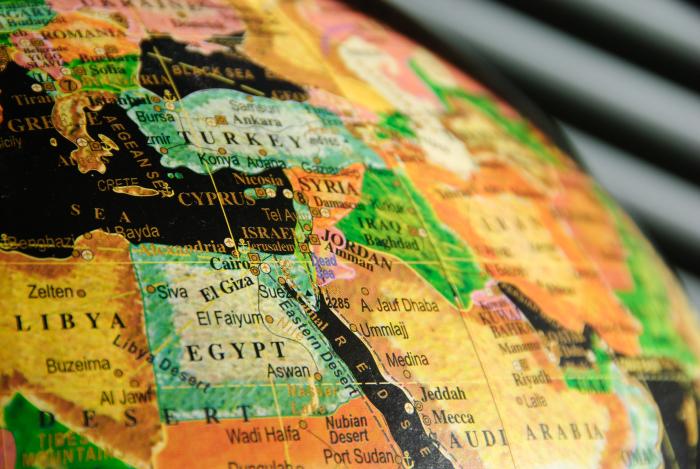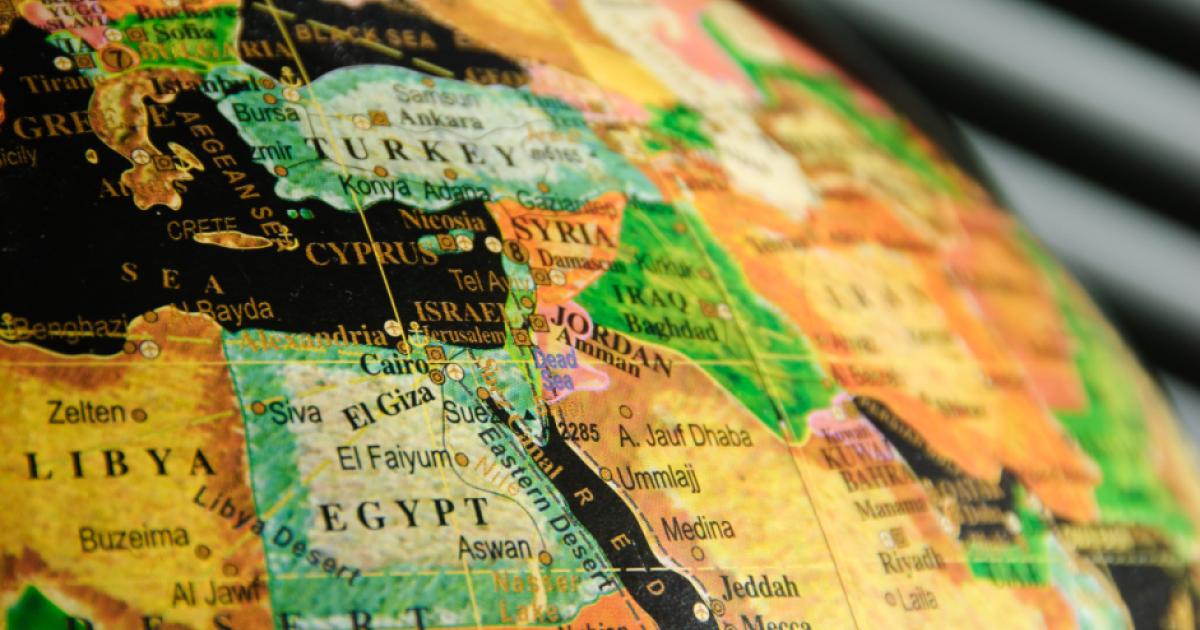The Islamic political philosopher Alfarabi (872-950), one of the notable transmitters of ancient Greek classical texts from the Eastern Mediterranean through the Maghreb to Spain’s al-Andalus and on into Western Europe, produced in his major work the idea of “The Virtuous City,” an ideal form of governance I occasionally heard mentioned by my Arab colleagues when I served at the United Nations in the 1990’s. Later, when assigned to teach a university course unit on Alfarabi, it seemed clear to me that his aim was to provide Plato’s Republic as a model polity that would accommodate the example of the seventh century caliphates that succeeded the death of the Prophet as well as the suras of the Koran in one vast religio-political unity that would stand in contrast to the dualistic, Trinitarian ways of the West. In this, the Caliph would hover over all authoritatively like Plato’s Philosopher-King.
This theocratic model collided with history and politics in 1924 when the collapse of the Ottoman Empire brought down with it the collapse of the Caliphate. In 1914, the Ottoman Caliph (Sheikh-ul-Islam) had proclaimed a Jihad by all Muslims to join Kaiser Wilhelm’s Imperial Germany in a holy world war against Britain, France, and Russia. When the war was lost, the Caliphate was lost with it; desperate efforts by Egypt, the Saudis, and from the sidelines Muslim India, to select and install a new Caliphate failed. Since then, ruling out one or two ridiculous imposters, Islam has been without a legitimate Caliphate.
History and religion combusted again when Ayatollah Khomeini’s revolution overthrew the Shah of Iran in 1979. This produced no Caliphate; the concept does not exist in Shia Islam. But it ignited “The Shia Rise” presided over by the Ayatollah as Supreme Guide and his Guardian Council, the term “guardian” recalling the guardians of Plato’s Republic. Perhaps the mullahs had concealed a copy of Plato’s works under their robes.
Now, in the course of the three American presidential terms of Obama and Trump, 2009-2020, we confront yet another world-historical shift: the withdrawal of the United States from its hundred-year long role as the only outside great power possessing credibility, leverage, and policies capable of stabilizing and possibly reforming the Middle East region’s major actors – Arab, Israeli, Egyptian, Turk, Saudi, Sunni and Shia.
To conveniently exploit the “actors” simile, the Middle Eastern stage now resembles Pirandello’s absurdist play, Six Characters in Search of an Author (1921) as the Americans are leaving the theater, all the main players are screenwriting, while bit parts are being devised by the lesser regimes and various militias and Islamist radicals. Who will step forward as the new impresario-author of the play?
There is only one viable power capable of doing so: Russia. Turkey’s Erdogan is too erratic and imperious. Iran’s theocrats are spavined by sanctions and beset by domestic protests. The Saudi royals must ponder how much longer their aberrant system can survive. The Gulf states lack scale. Syria has been savaged by its war-criminal dictator. Egypt is self-cocooned. But President Putin, always a conniving calculator, has something to work with – Iran’s relentless construction of a Shia sphere of influence corridor stretching from its Afghan border, managed from Tehran, through Iraq and Syria and into Lebanon, staffed by its Islamic Revolutionary Guard Corps, manned by Hezbollah fighters, and massively missile-ized and readied for attacks so comprehensive and far-reaching as to terminally disable Israel, a goal at least once-capable of awakening a residual desire among many Muslim populations. Putin may well have dreams of shoring up Iran’s Velayat-e-Faqih guardianship as a Shia replacement for Alfarabi’s “Platonic” Caliphate – all under the stewardship of Moscow.
Part of such an emerging Russian scenario will be to ply Erdogan’s strange ambitions into a partnership with Moscow to give Turkey a piece of a new Middle East design while employing it as another Putinesque way to break NATO, Putin to emerge as puppet-master of the entire show. And the U.S.? A counter-play could be based on a loose coalition among Israelis, Saudis, the Gulf states, Jordan, Lebanon, and helping to revive Egypt to its traditionally core position in the region. But a more rapid and consequential potential could lie in the increasingly restive and widening popular protests against the variety of corrupt and autocratic rulers of the region’s states.
The end of the Cold War produced a multi-continent upsurge in “democratization” to fill in behind the collapsed “Soviet model” regimes. The 1990s saw liberal democracy as the answer to history’s greatest challenge: what is the best form of governance?
But in this 21st century has come “the China model”: one-party rule of a system that gathers wealth from an open global economy while ever-more rigorously suppressing political freedoms. This has proved highly attractive to aspiring dictators around the globe, and once seemed unstoppable.
Now perhaps we can feel a third shift as peoples in many countries have taken great risks to demonstrate their angry opposition to government by thugs and despots. In former times, such signs of demand for government by consent of the governed would be energized by a knowledge that America was a “beacon of democracy” and that American support, rhetorical or real, could be had. But the U.S. has been sending a message “sorry ‘bout that; for us, it’s over and out.” To be true to itself, the U.S. will have to reconsider its present “stand-aside” posture and take this new phenomenon seriously.







